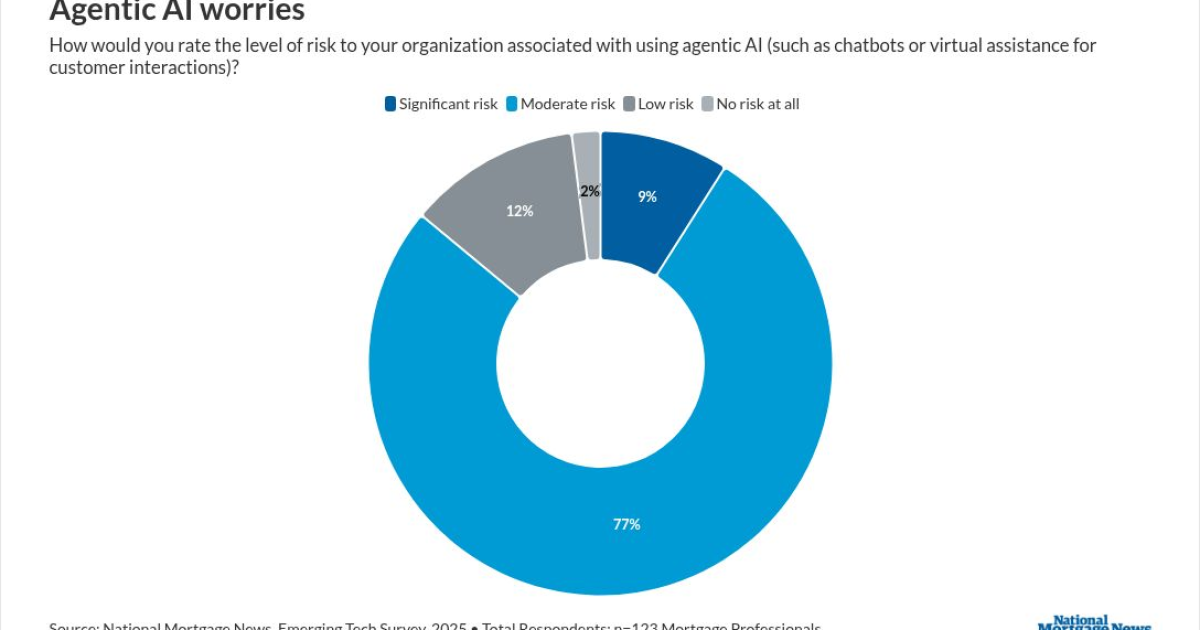
For one, the credit-insurance risk transfer deal from Fannie Mae includes an identifier for single-family mortgage pools in certain loan-to-value ratio ranges. The letter "L" identifies covered loan pools with 60.01-80% LTVs while "H" earmarks those with ratios above 80%.
CIRT 2024-L1, which shares risk on $9 billion of what are primarily 30-year prime-credit mortgages, also has a longer-term maturity than previous deals.
The maturity term on the transaction is 18 years, as opposed to 12.5 for
"We appreciate the support of the 24 insurers and reinsurers that committed to write coverage and supported the extension of the CIRT maturity term," he added, noting that he anticipates 2024 will be an "active" year.
Under new program parameters, Fannie will retain risk on the first 150 basis points of loan in the covered loan pool. Reinsurers take responsibility for the next 395 basis points up to a maximum $355.6 million in coverage if Fannie absorbs a $135.1 million retention layer.
Fannie acquired all the 28,000 loans in the cover pool between January and April of last year.
Coverage is based on actual losses for up to 18 years, but the coverage amount could be reduced at the one-year anniversary of the transaction and each month after depending on the extent of the pool paydown and share of loans three months-plus past due or in foreclosure.
Fannie can cancel coverage at any time after five years for a fee.
In total, CIRT deals have provided Fannie with around $26.2 million in coverage on $879.2 billion in single-family loans since 2014, according to the press release.
Fannie Mae doesn't include traditional private mortgage insurance in calculating the total for credit risk transfers, although single-family loans with high loan-to-values typically must have MI under the terms of its selling guide. CIRT and Connecticut Avenue Securities credit-risk transfers address losses not already covered by underlying mortgage insurance.
As of Dec. 31, 2023, a total of $64 billion in CAS deals had been issued since the program's inception in 2013, according to a January investor presentation. These transactions transferred a portion of the risk on $2.1 trillion in single-family loans based on principal balance at issuance.
In 2023 alone, Fannie executed 17 single-family credit risk transfer and CIRT transactions combined and transferred some of the credit risk on around $308 billion in principal loan balance at issuance, Chief Financial Officer Chryssa Halley said in
CRT continues to play a key role in helping Fannie manage its credit risk at a time when it remains undercapitalized relative to its regulatory goals, CEO Priscilla Almodovar said during the call.
"We continue to manage our capital shortfall through retained earnings and our credit-risk transfer program," she said.



